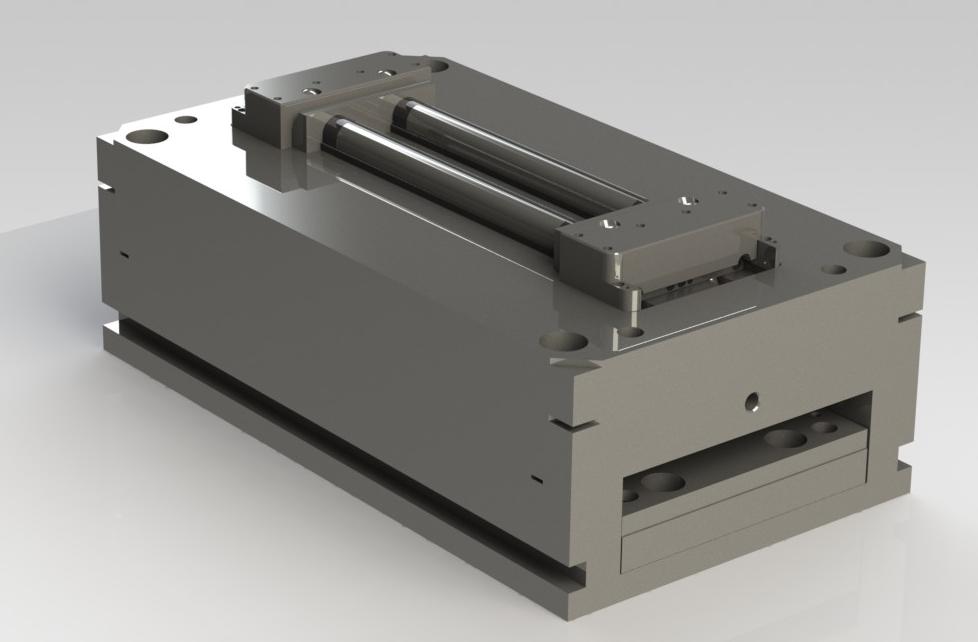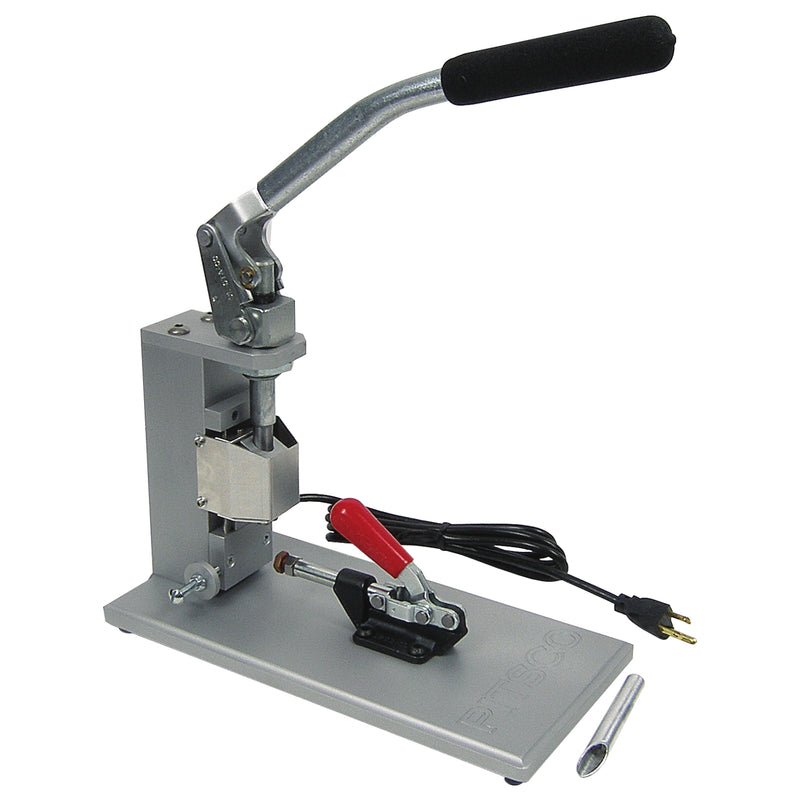Comprehending the Fundamentals of Plastic Injection Molding Procedures
Plastic injection molding acts as a foundation of contemporary manufacturing, giving a systematic method to creating intricate elements with accuracy. This procedure not just includes the basic steps of melting and infusing materials right into mold and mildews yet likewise involves a nuanced understanding of different affecting aspects, such as temperature and stress. As sectors significantly require efficiency and quality, the ins and outs of this methodology become extra important. Exploring these necessary aspects might disclose exactly how even small modifications can cause substantial renovations in production end results, questioning about the capacity for technology in this well established procedure.
What Is Plastic Injection Molding?
Plastic shot molding is an extensively made use of production procedure that changes thermosetting and polycarbonate materials into specific and complicated shapes. This method is preferred for its ability to generate high volumes of the same parts with extraordinary accuracy, making it an essential method in various markets, consisting of automobile, customer goods, and clinical tools.
The process involves thawing the chosen plastic product and infusing it into a mold under high stress. The mold, developed to the requirements of the wanted component, permits the molten plastic to materialize as it cools down and strengthens. As soon as the product has hardened, the mold is opened, and the completed element is expelled.
Plastic shot molding supplies several advantages, including lowered waste, uniformity in production, and the capability to include elaborate styles that may be challenging with other making methods. Additionally, it sustains a broad series of materials, each offering one-of-a-kind residential or commercial properties that can be customized for certain applications. As industries proceed to innovate, plastic shot molding stays at the center, enabling the advancement of advanced products that meet developing consumer demands.
The Shot Molding Process
The shot molding process is an advanced strategy that entails numerous crucial stages to create high-grade plastic components. At first, plastic pellets are fed into a warmed barrel where they are thawed into a viscous liquid. This molten plastic is after that injected under high pressure right into a precision-engineered mold, which shapes the material into the preferred form.
As soon as the mold is filled up, the plastic is permitted to cool down and strengthen, taking the form of the mold cavity. Air conditioning time is essential, as it impacts the cycle time and the final residential or commercial properties of the molded component. After enough air conditioning, the mold and mildew opens, and the finished component is ejected utilizing ejector pins.

Materials Utilized in Injection Molding
Various materials can be used in the injection molding procedure, each offering unique properties that deal with certain applications. One of the most commonly utilized materials consist of thermoplastics, thermosetting plastics, and elastomers.

Thermosetting plastics, like epoxy view publisher site and phenolic resins, undertake a chemical modification throughout the curing procedure, causing a stiff, inflexible structure. These materials are ideal for applications requiring high heat resistance and architectural honesty, typically used in electric insulators and vehicle parts.
Elastomers, including silicone and rubber-based materials, provide adaptability and strength. Their special residential or commercial properties make them appropriate for applications that require elasticity, such as seals and gaskets.
Additionally, specialty materials like bio-based plastics and composites are obtaining grip for their ecological advantages and boosted performance attributes, broadening the scope of injection molding applications in numerous sectors. Recognizing the residential properties of these products is critical for choosing the appropriate type for specific jobs.
Benefits of Shot Molding
Shot molding sticks out as a very reliable manufacturing process that provides numerous benefits for creating complicated parts with precision. One of one of the most considerable advantages is the capability to create detailed designs that would certainly be impossible or challenging to accomplish with various other approaches (Plastic Injection Molding). The procedure enables tight resistances and thorough attributes, ensuring top quality elements
In addition, injection molding is recognized for its rapid production capacities, making it an optimal choice for high-volume production. As soon as the mold is produced, parts can be generated rapidly, lowering preparations and boosting general efficiency. This efficiency not only decreases manufacturing prices yet also supplies an one-upmanship on the market.
The flexibility of products used in shot molding better boosts its charm. A variety of thermoplastics and thermosetting polymers can be employed, allowing manufacturers to choose products that best meet their details helpful resources demands, including heat, stamina, and versatility resistance.
Moreover, the procedure reduces waste, as excess material can often be recycled and recycled. This sustainability facet adds to a minimized ecological effect, making shot molding an accountable production selection. Generally, the benefits of shot molding make it a favored method for numerous sectors.
Elements Influencing Product High Quality
While numerous variables can influence product high quality in shot molding, recognizing these aspects is crucial for accomplishing ideal results. Trick facets include product choice, refining criteria, and mold and mildew layout.
Product choice plays an important role, as different polymers exhibit distinct buildings that affect flowability, toughness, and thermal stability. Insufficient material choice can bring about problems such as warping or insufficient filling.
Handling criteria, consisting of cycle, temperature level, and stress time, should be carefully managed. Variations in these setups can result in index variances partially measurements and surface coating. For circumstances, exceedingly heats may create degradation of the polymer, while poor stress can cause brief shots.
Mold and mildew style is just as vital, as it determines the circulation of the molten plastic and the cooling process. Improperly created mold and mildews may cause uneven air conditioning rates, causing recurring anxieties and dimensional errors.

Final Thought
In conclusion, plastic injection molding works as a vital production procedure that allows the efficient production of top notch parts. Mastery of the injection molding procedure, consisting of the understanding of materials and the impact of various aspects on product top quality, is crucial for achieving optimal outcomes. The advantages of this method, such as cost-effectiveness and layout flexibility, further emphasize its significance across multiple sectors, strengthening its status as a preferred choice for high-volume manufacturing.
Plastic injection molding offers as a foundation of modern production, giving a methodical approach to generating intricate parts with precision.Plastic injection molding provides several benefits, including decreased waste, uniformity in production, and the ability to integrate complex styles that may be testing with various other making techniques (Plastic Injection Molding). As sectors proceed to introduce, plastic injection molding continues to be at the center, making it possible for the advancement of innovative items that meet evolving customer demands
The injection molding procedure is a sophisticated method that includes several essential phases to produce top quality plastic elements.In verdict, plastic shot molding serves as an essential manufacturing procedure that makes it possible for the effective manufacturing of high-grade parts.